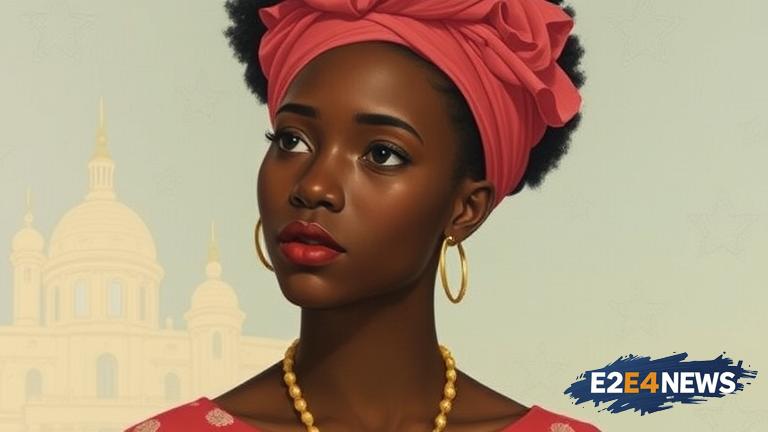Amy Sherald, known for her large-scale portraits of African Americans, has withdrawn from a major exhibition at the Smithsonian’s National Portrait Gallery. The exhibition, which was set to open in May, was expected to feature a collection of Sherald’s works, including her iconic portrait of former First Lady Michelle Obama. However, Sherald has cited censorship as the reason for her withdrawal, stating that the museum had attempted to exert control over the content and message of her art. This move has sparked a national debate on artistic freedom and the role of museums in shaping the narrative of art. The Smithsonian has denied any allegations of censorship, stating that they had simply requested that Sherald remove certain works from the exhibition that they deemed too provocative. Sherald’s decision has been met with widespread support from the art community, with many artists and curators speaking out against the perceived censorship. The incident has also raised questions about the power dynamics between artists, museums, and curators, and the extent to which museums should be able to control the content of exhibitions. Sherald’s work is known for its powerful and unapologetic portrayal of African American life and experience, and her decision to withdraw from the exhibition has been seen as a stand against the erasure of black voices and perspectives. The Smithsonian’s National Portrait Gallery has a long history of showcasing the work of prominent American artists, and Sherald’s exhibition was expected to be a major highlight of the museum’s programming. However, the controversy surrounding the exhibition has highlighted the ongoing struggles of artists of color to have their work recognized and respected by major institutions. Sherald’s withdrawal from the exhibition has also sparked a conversation about the importance of artistic freedom and the need for museums to prioritize the voices and perspectives of the artists they showcase. The incident has been widely reported in the media, with many outlets praising Sherald for her courage and conviction in standing up against censorship. The art world is eagerly awaiting the outcome of this controversy, and the implications it may have for the future of artistic expression and freedom. As the debate continues to unfold, one thing is clear: Amy Sherald’s decision to withdraw from the Smithsonian exhibition has sparked a necessary and long-overdue conversation about the role of museums in shaping the narrative of art. The controversy has also highlighted the need for greater diversity and inclusion in the art world, and the importance of amplifying the voices and perspectives of artists of color. Sherald’s work has been widely acclaimed for its beauty, power, and nuance, and her decision to withdraw from the exhibition has been seen as a testament to her commitment to her art and her values. The Smithsonian’s response to the controversy has been criticized by many, with some accusing the museum of attempting to silence Sherald and stifle her creative expression. As the situation continues to unfold, it remains to be seen how the Smithsonian will respond to the backlash and what implications this controversy may have for the future of artistic expression and freedom. The art world is watching with bated breath as this controversy continues to unfold, and the outcome is likely to have far-reaching implications for the future of art and culture. In the meantime, Sherald’s decision to withdraw from the exhibition has been hailed as a victory for artistic freedom and a testament to the power of artists to shape the narrative of their own work. The controversy has also sparked a wider conversation about the role of museums in society, and the need for these institutions to prioritize the voices and perspectives of the artists they showcase. As the debate continues to rage on, one thing is clear: Amy Sherald’s decision to withdraw from the Smithsonian exhibition has sparked a necessary and long-overdue conversation about the importance of artistic freedom and the need for museums to prioritize the voices and perspectives of artists of color.
